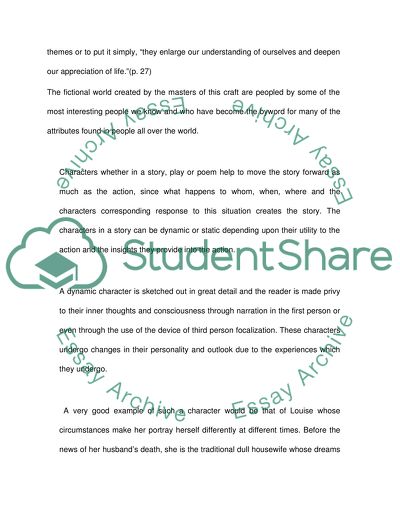Cite this document
(The Story of An Hour by Kate Chopin, A Raisin in the Sun by Lorraine H Literature review, n.d.)
The Story of An Hour by Kate Chopin, A Raisin in the Sun by Lorraine H Literature review. Retrieved from https://studentshare.org/literature/1550989-elements-of-literature
The Story of An Hour by Kate Chopin, A Raisin in the Sun by Lorraine H Literature review. Retrieved from https://studentshare.org/literature/1550989-elements-of-literature
(The Story of An Hour by Kate Chopin, A Raisin in the Sun by Lorraine H Literature Review)
The Story of An Hour by Kate Chopin, A Raisin in the Sun by Lorraine H Literature Review. https://studentshare.org/literature/1550989-elements-of-literature.
The Story of An Hour by Kate Chopin, A Raisin in the Sun by Lorraine H Literature Review. https://studentshare.org/literature/1550989-elements-of-literature.
“The Story of An Hour by Kate Chopin, A Raisin in the Sun by Lorraine H Literature Review”. https://studentshare.org/literature/1550989-elements-of-literature.


